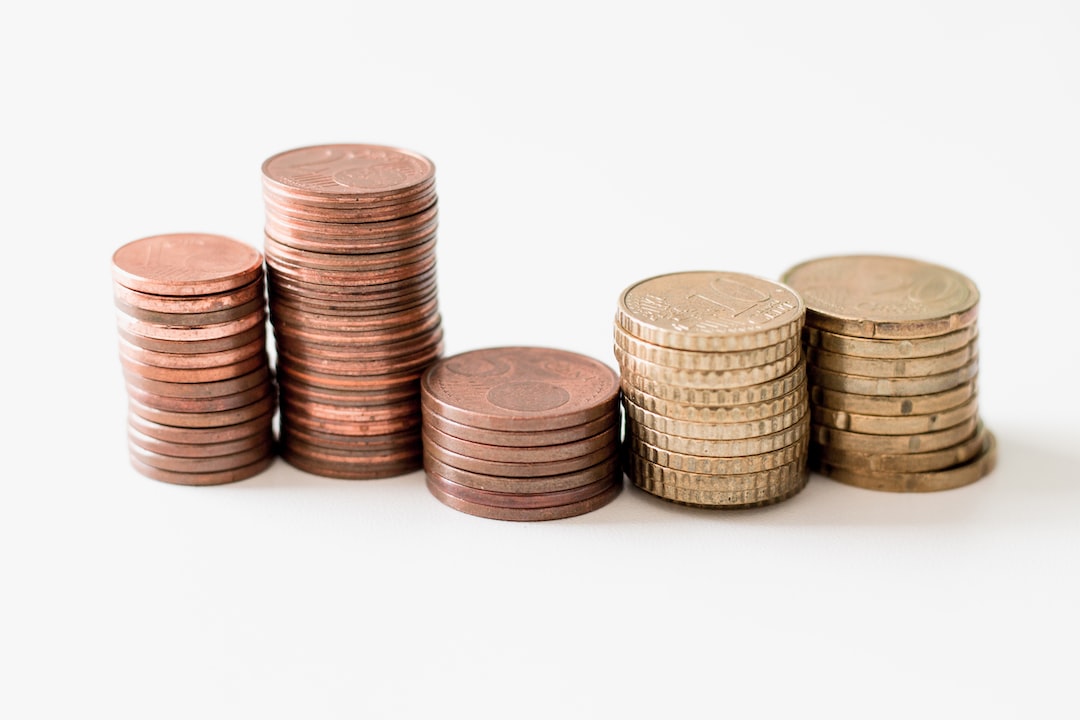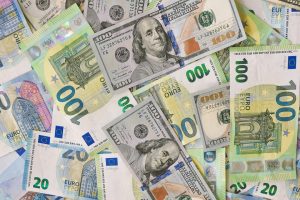Forex and currency futures are two financial instruments that offer traders unique vehicles with which to hedge or speculate. These financial instruments allow traders to participate in the global currency market, which is the largest and most liquid market in the world. In this article, we will explain what Forex and currency futures are, how they work, and how traders can use them to manage risk and profit from currency movements.
Forex Trading
Forex, also known as foreign exchange or FX, is the market where currencies are traded. It is a decentralized market, which means that it operates 24 hours a day, five days a week, across different time zones around the world. Forex trading involves buying one currency and selling another currency at the same time, with the aim of making a profit from the difference in exchange rates.
Forex trading is done through a broker or a financial institution that provides access to the market. Traders can trade in different currency pairs, such as the EUR/USD, GBP/USD, or USD/JPY, among others. The exchange rate of each currency pair is determined by supply and demand, which is influenced by economic, political, and social factors that affect the countries involved.
Forex trading offers several advantages to traders, such as high liquidity, low transaction costs, and the ability to trade in both rising and falling markets. However, it also involves high risk due to the leverage used, which amplifies both profits and losses.
Currency Futures Trading
Currency futures are contracts that allow traders to buy or sell a specific amount of a currency at a predetermined price and date in the future. Currency futures are traded on regulated exchanges, such as the Chicago Mercantile Exchange (CME) or the Intercontinental Exchange (ICE), and are standardized in terms of contract size, expiration date, and settlement procedure.
Currency futures trading is similar to Forex trading in that it involves buying and selling currencies with the aim of making a profit from the difference in exchange rates. However, currency futures trading offers several advantages over Forex trading, such as centralized trading, transparent pricing, and lower counterparty risk.
Moreover, currency futures trading offers traders the ability to hedge their currency exposure, which means protecting themselves against adverse currency movements. For example, a company that exports goods to Europe and receives payments in euros can use currency futures to lock in a favorable exchange rate and protect its profits from currency fluctuations.
Currency futures trading also offers traders the ability to speculate on currency movements. For example, a trader who expects the euro to appreciate against the dollar can buy euro futures contracts, which will increase in value if the euro rises against the dollar. Conversely, a trader who expects the euro to depreciate against the dollar can sell euro futures contracts, which will increase in value if the euro falls against the dollar.
Conclusion
Forex and currency futures offer traders unique vehicles with which to hedge or speculate on currency movements. Forex trading allows traders to participate in the decentralized global currency market, while currency futures trading offers centralized trading, transparent pricing, and lower counterparty risk. Both financial instruments offer advantages and disadvantages, and traders should choose the one that best suits their goals, risk tolerance, and trading style.






